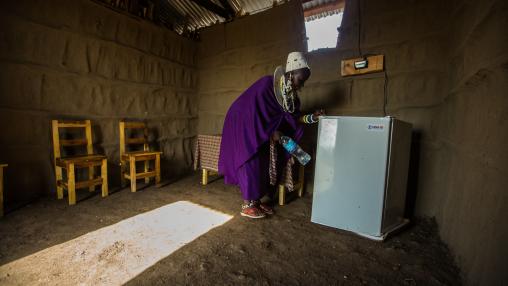
Why the G20 needs to focus on energizing food systems in Africa
Third in a series of posts on briefs by the Think20 (T20) task force on Sustainable Energy, Food, and Water Systems. T20 is a G20 engagement group that connects and collaborates with think tanks around the world to provide ideas and recommendations. The task force is one of 10 advising this year’s Saudi Arabia G20 Presidency, which just culminated in the Nov. 21-22 summit. Read the other posts here and here.
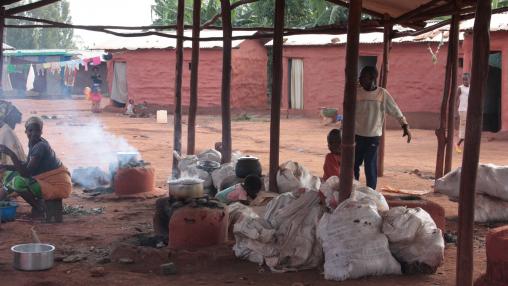
Optimizing food assistance programs: Improving household food security and diet quality in Burundi
Fourth in a series of posts on a research project in Guatemala and Burundi that evaluated how to optimize food assistance programs for the maximum impact. Read the first piece here, the second here , and the third here.
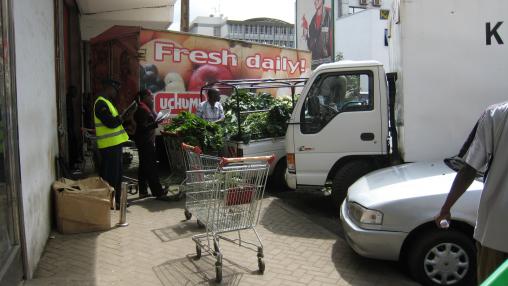
Impact of Supermarkets on Poverty in Kenya
This piece originally appeared on IFPRI.org .
By Dennis O. Ochieng and Emily Wu
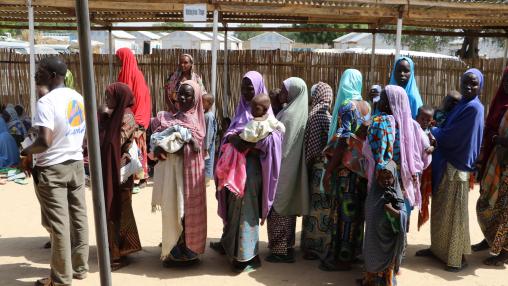
Poor Diets Driving Malnutrition in Nigeria
In recent decades, the amount of calories available to the average Nigerian on a daily basis has increased significantly. Despite this progress, however, the country continues to battle high levels of malnutrition of varying types. According to a recent research brief , a lack of dietary diversity and dietary quality may be to blame.
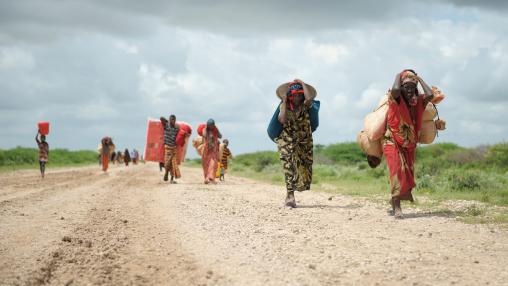
Conflict, weather drive acute hunger
An estimated 73 million people in Africa faced acute levels of hunger and food insecurity in 2019, according to the 2020 Global Report on Food Crises, released this week. The continent accounted for 54 percent of the global total of severely food-insecure people. As the COVID-19 pandemic continues to spread around the world, developing countries in the region will likely see even further disruptions to food access. These disruptions will compound existing food crises and potentially create new ones.
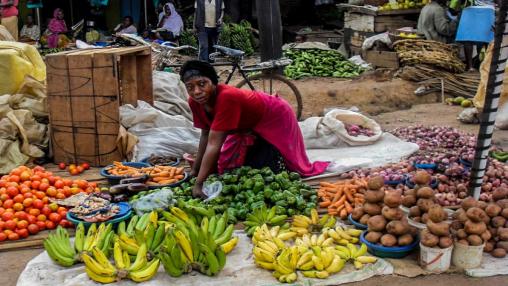
COVID-19 threatens informal urban food trade
This post originally appeared on IFPRI.org blog .
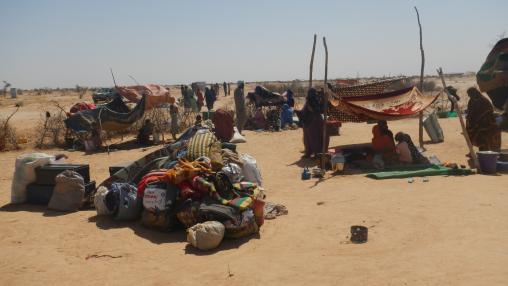
Conflict to Worsen Food Security in Central West Africa
Since mid-2018, conflict in the Liptako-Gourma region, the border connecting western Niger, northern and eastern Burkina Faso, and central and northeastern Mali, has displaced almost 700,000 people and caused massive disruptions to market functioning and livelihoods, according to a recent alert from FEWS Net . These disruptions are expected to continue to drive urgent humanitarian needs through the rest of 2020.
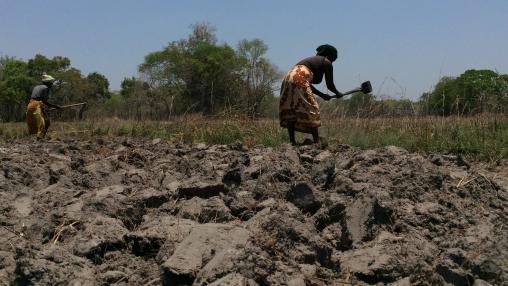
Below Average Rainfall to Challenge Planting, Food Security in Southern Africa
According to a recent alert from FEWS Net , southern Africa has seen a below average start to the 2019-2020 agricultural season, with rainfall only 55-85 percent of normal levels from October through early December. This decrease in precipitation has negatively impacted planting and germination rates throughout much of the region. The most impacted areas include Lesotho, central and southern Mozambique, Madagascar, South Africa, and western and southern Zambia. The situation will only be further exacerbated by expected continued below average rainfall through May 2020.
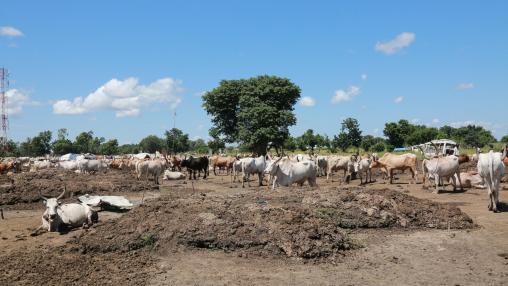
Continued Food Insecurity in East Africa
Many areas of East Africa will continue to face high levels of food insecurity through late 2019, according to a new report from FEWS Net . The situation will hit its worst levels at the peak of the pastoral lean season in September and October.
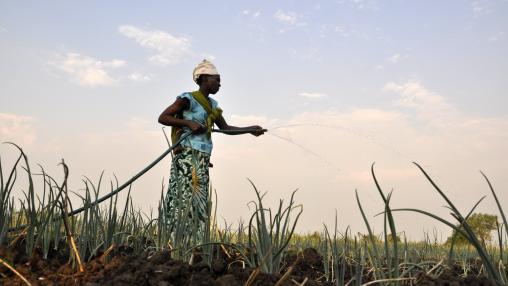
Staple Food Prices Rise in Southern Africa
According to a new report from FEWS Net , poor households in several regions of Southern Africa have exhausted their own produced foods earlier than usual in the season due to below-average harvests. The number of households in the region experiencing IPC Crisis (Phase 3) food insecurity is expected to increase with the start of the lean season in September and October.